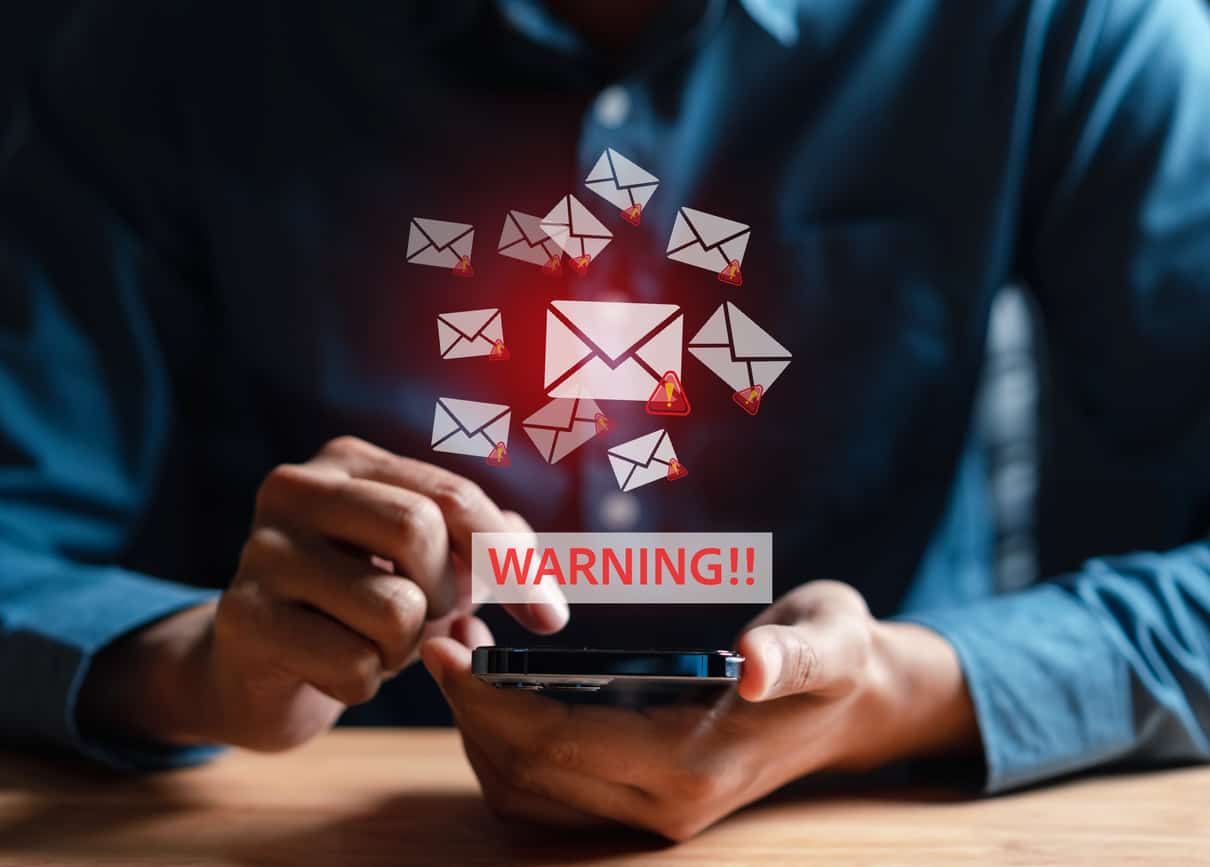Defending against ransomware: The critical role of email security.
This month, ransomware attacks have struck a wide range of companies and organizations around the world, including the British Library, the Industrial and Commercial Bank of China, and Yamaha Motor’s Philippines subsidiary.
The ongoing cyber problem is getting so bad that the U.S. Federal Bureau of Investigation (FBI) and Cybersecurity & Infrastructure Security Agency (CISA) issued a joint advisory warning computer users of threats from the Rhysida criminal gang, which claimed responsibility for the British Library incident.
What made that attack particularly impactful was its double extortion technique, where hackers steal as much data as they can—and immediately threaten to sell or leak it on the online black market. That raises the stakes of any negotiation between cybercriminals and legitimate business owners.
While the British Library represents Rhysida’s most high-profile target, the FBI and CISA say the group has also attacked institutions in Portugal, Chile, and Kuwait. In August, its emerging ransomware variant was also identified in a compromise at Prospect Medical Holdings, a hospital group in the United States. Further attacks have been spotted in the education, manufacturing, and government sectors.
Why is ransomware so common?
Because it’s one of the most malicious and lucrative types of cyberattacks. Bad actors send seemingly harmless emails that mimic shipping notifications, file-sharing alerts, or gift certificate redemption links. But those messages will include infected attachments or illicit web links that, when opened or clicked, unleash the destructive power of ransomware. Then, ransomware infiltrates all connected computers and systems, encrypting valuable data and demanding a ransom for its release.
What kind of protection actually works?
In today’s digital world, where new threats emerge every day, one of the most important strategies is email security. Email serves as the entrance point to our everyday communications, a repository of sensitive information, and a potential vulnerability point. That’s why cybercriminals will try and target any email account they can find.
Here’s how email security helps to block ransomware and keep your business safe:
• Phishing detection. Free consumer-grade email services often require users to mark junk or spam emails manually. However, enterprise-grade email security tools are designed to identify and block phishing attempts using advanced analysis to look for unfamiliar sender names or hidden domains. This critical layer of security can spot suspicious emails or links in incoming messages and quarantine them before they make it to your inbox.
• Content filtering. Depending on the needs of your business, rules can be set up to scan for dangerous URLs or threatening language in the content of emails themselves. These rules can be customized to address risks faced in your industry or block specific exploit attempts experienced in the past.
• Attachment scanning. A deeper layer of email security addresses attachments, which can pose a major risk for ransomware infection, malware, and other dangerous threats. Smart email security protection will automatically address any attachment, scanning for suspicious content and preventing users from downloading or opening anything unsafe.
• Industry compliance. Email protection applies not just to incoming messages but to outbound messages as well. Depending on the location of your business and the industry in which it operates, specific data privacy and archiving protocols might apply to all of your communications. These standards can be industry-specific, like HIPAA for the healthcare sector or PCI for the financial sector, or region-specific, like GDPR if any activity goes through the European Union.
• Staff training. Email security goes beyond just tools that run in the background—it also involves forward-facing education that trains employees about the real-world dangers of email-based threats. Awareness programs and simulation scenarios can help members of your team recognize phishing attempts, avoid risky email behavior, and learn to spot common ransomware tactics.
• Cost-effective solutions. CMIT Solutions offers flexible pricing plans for email protection tools that fit your budget without compromising on security. Our solutions are designed to provide maximum value, protecting your business without draining your resources.
• Reliable data backup. At the end of the day, the best way to protect against ransomware is with trusted data backups that are executed regularly and stored remotely. Without this failsafe, many companies affected by ransomware will pay thousands of dollars to cybercriminals in hopes they can retrieve their data. When data backups are recoverable, it’s possible to remove lingering ransomware infections, wipe affected systems clean, retrieve data from its latest backup point, and reinstall everything you thought you had lost.
Comprehensive email security should cover all aspects of inbound and outbound messaging, offering businesses a measure of protection against the growing threat of ransomware. But email protection is just one part of a multi-layered cybersecurity strategy, which should address all potential vulnerabilities and proactively keep your business safe.
If you’re ready to defend your data, protect your email inbox, and prevent ransomware threats, contact CMIT Solutions today.

